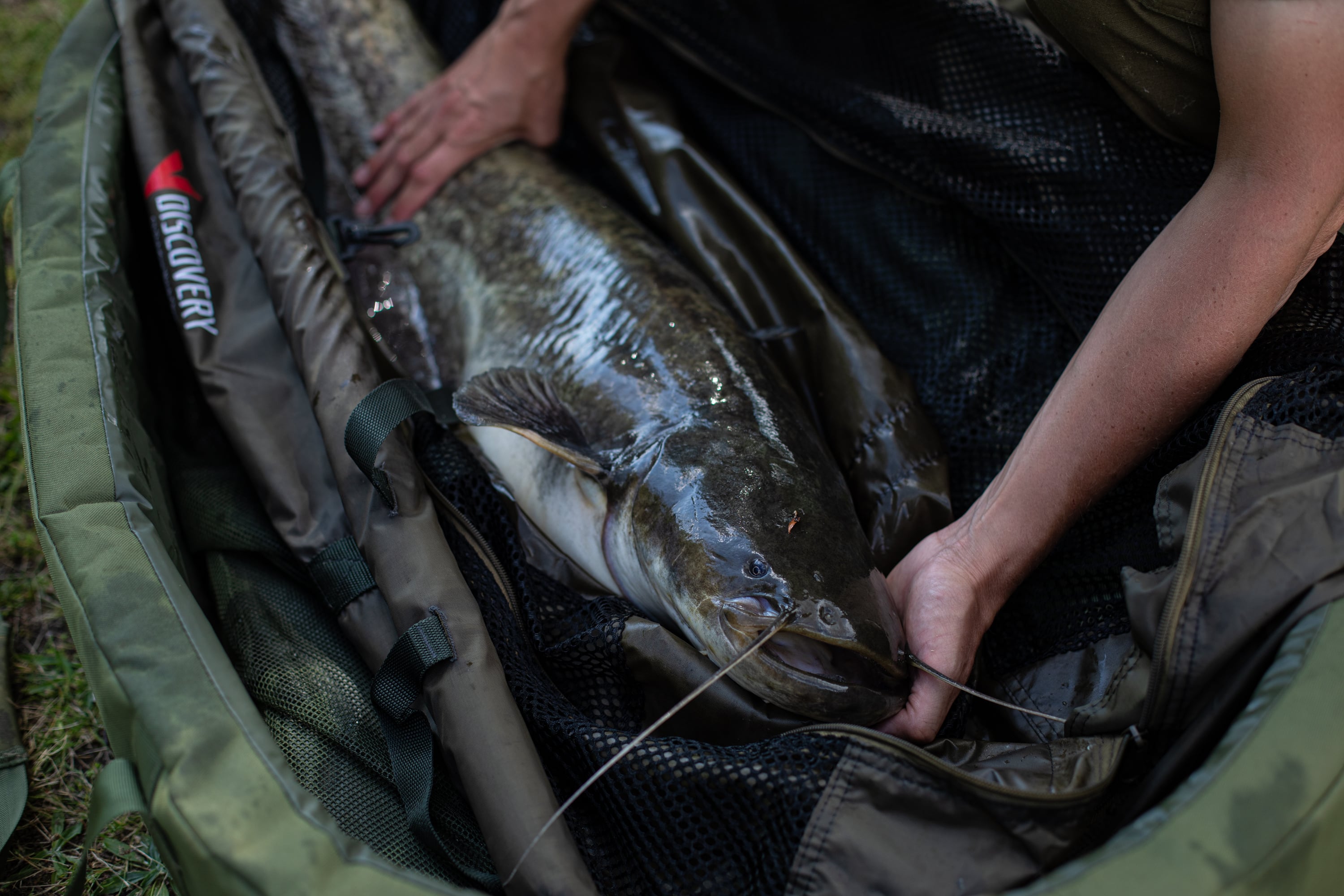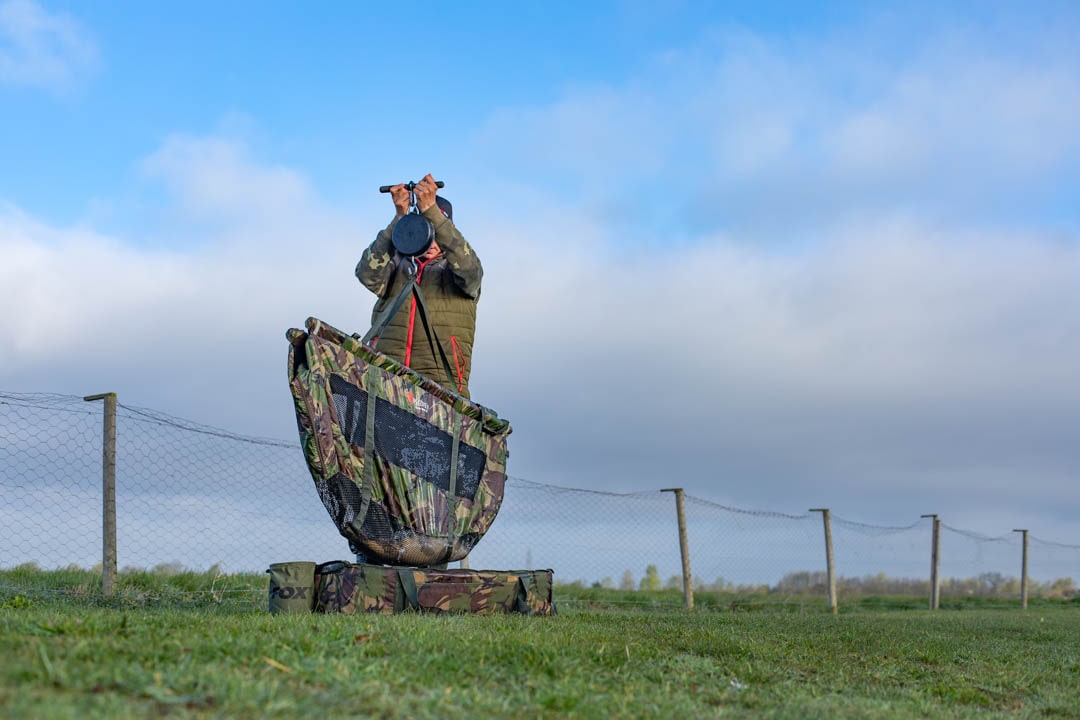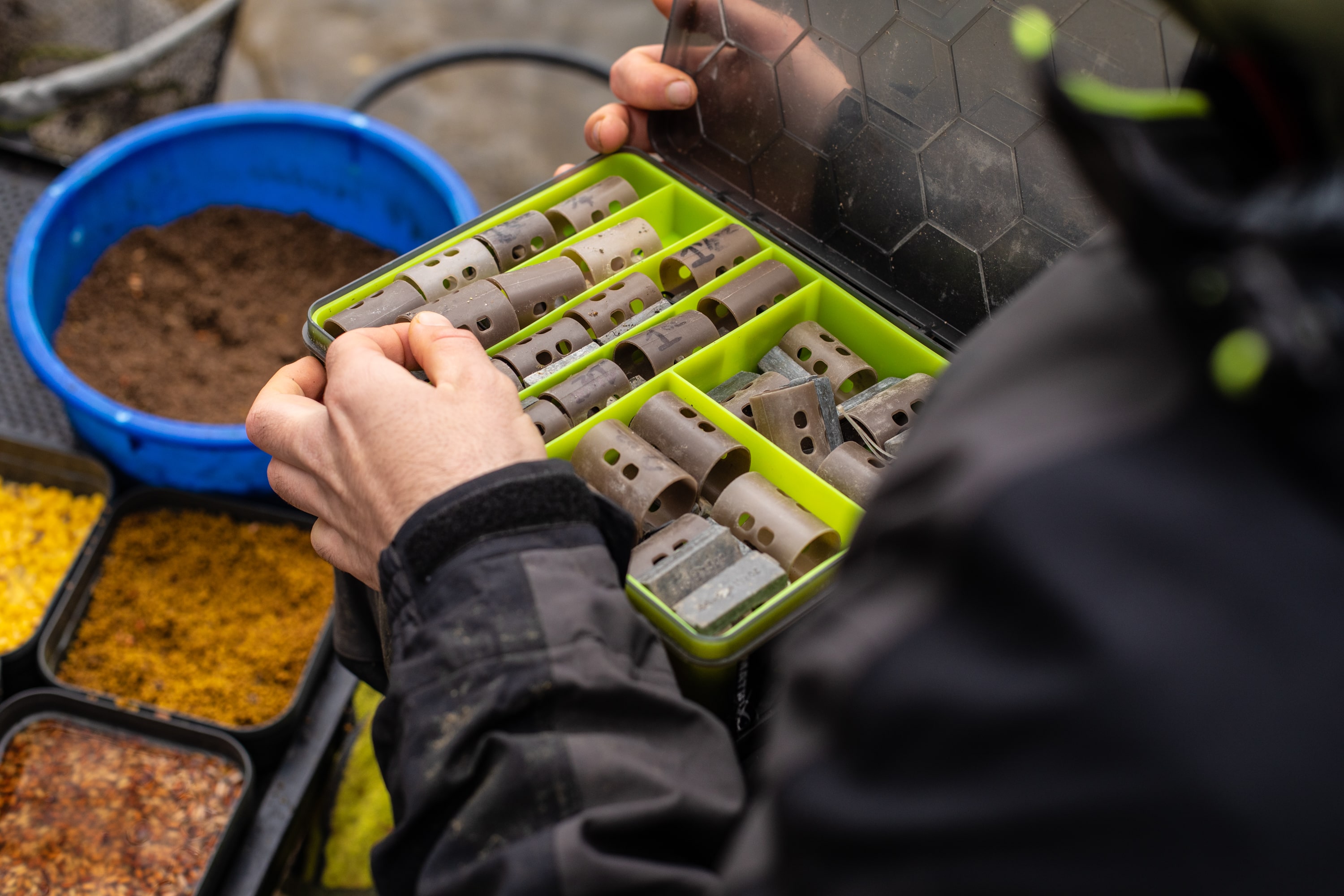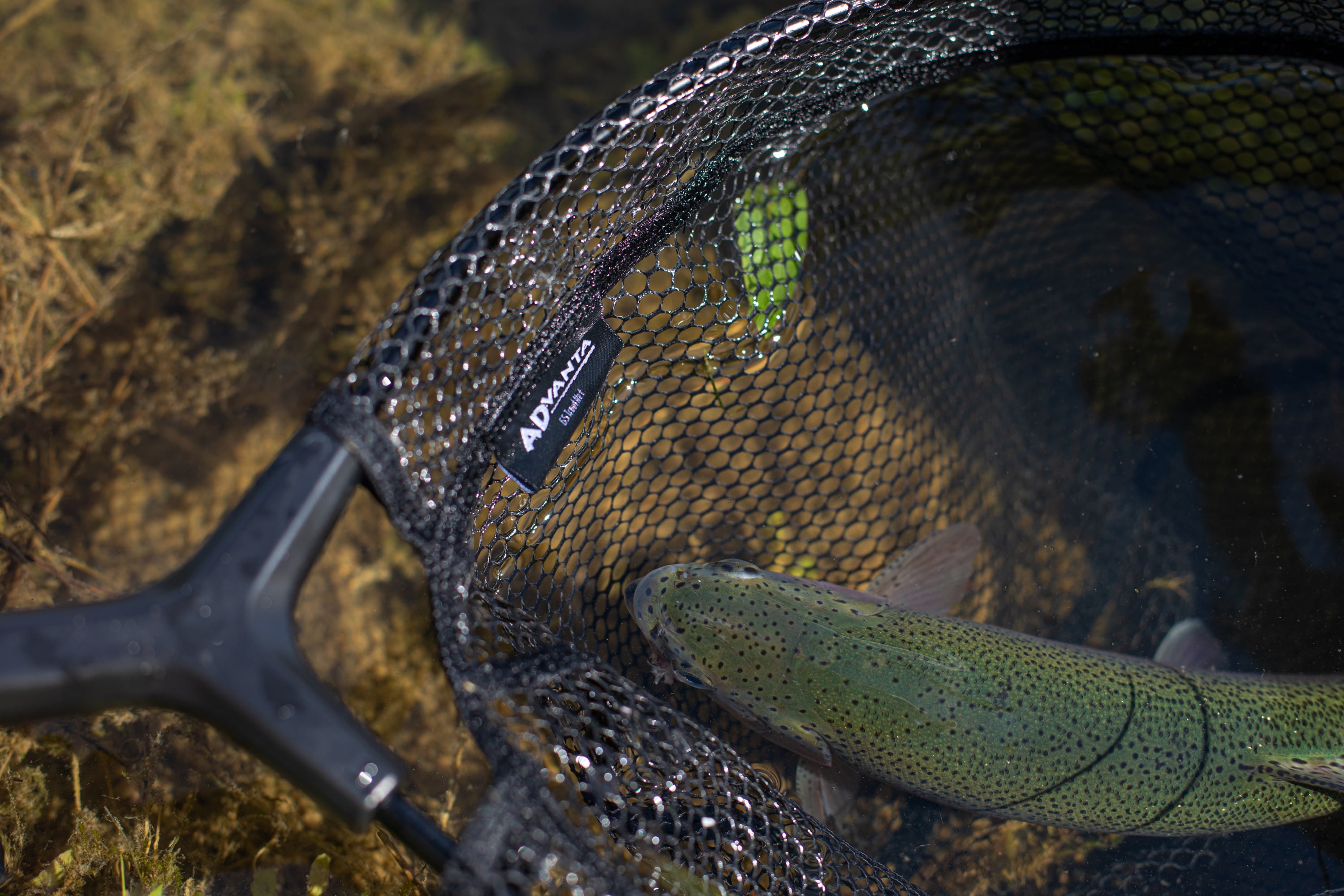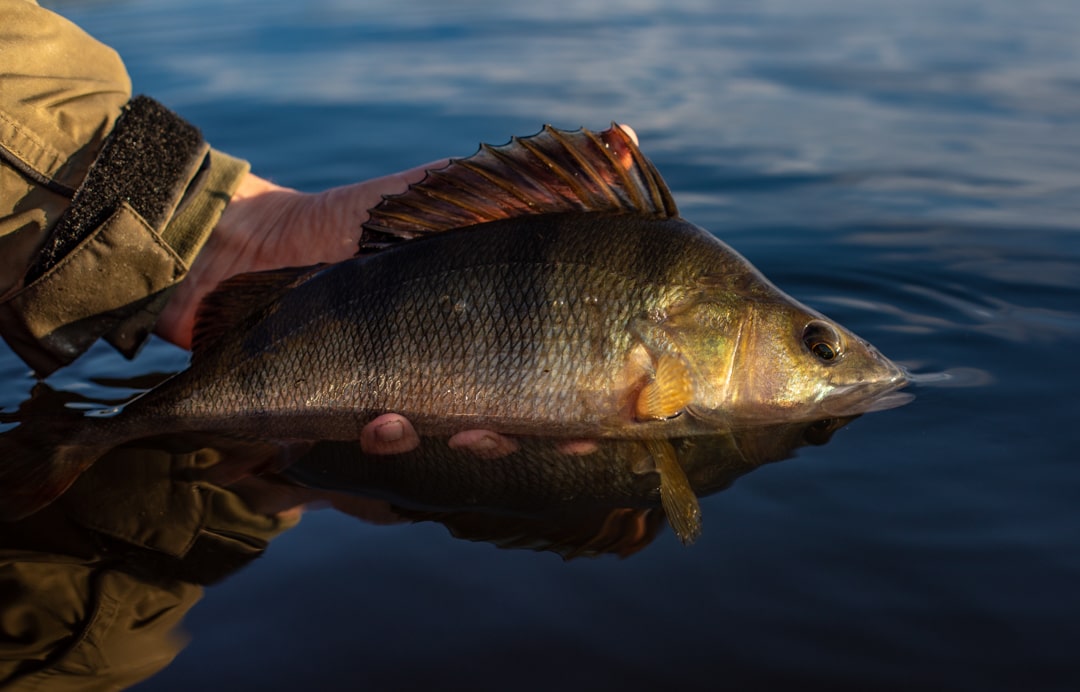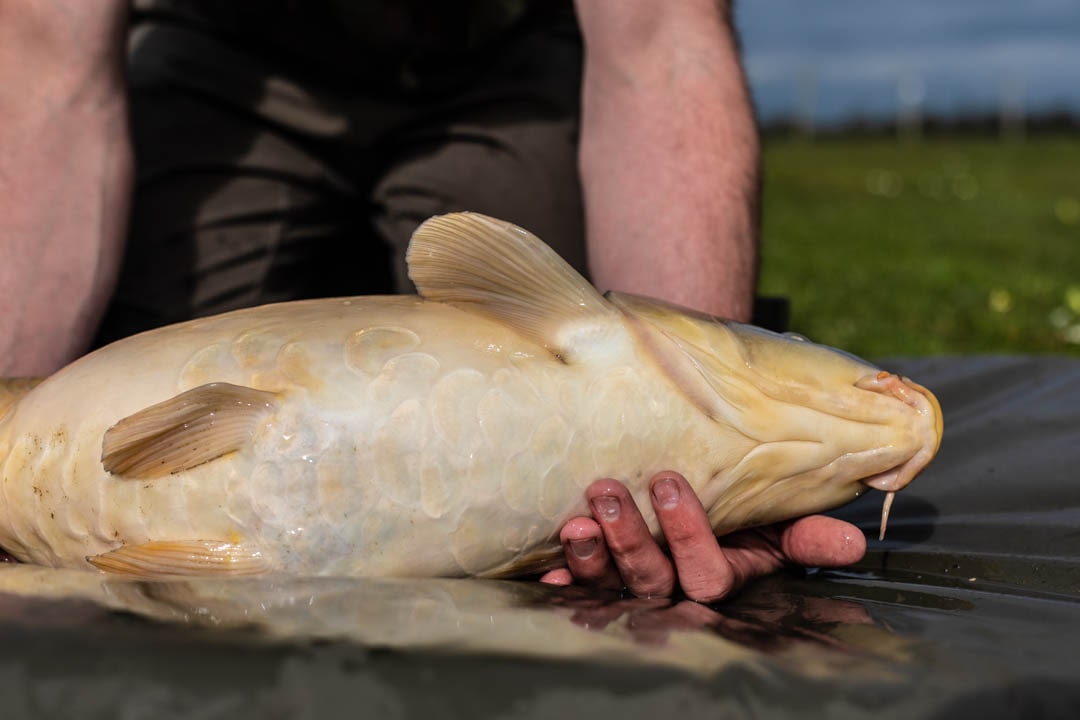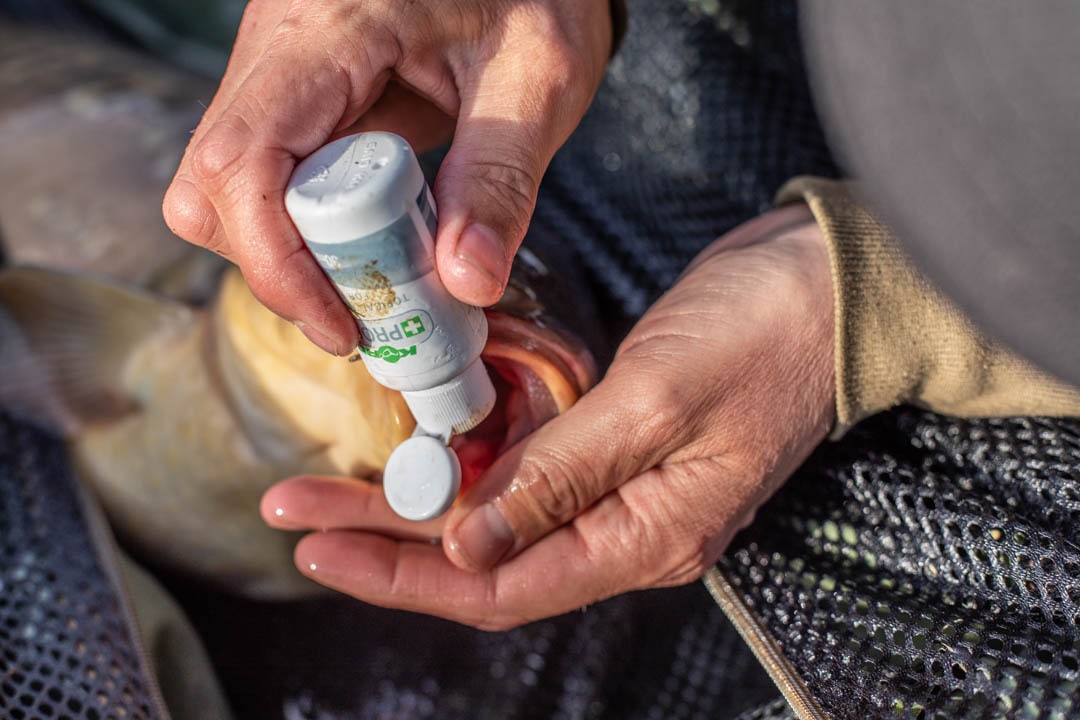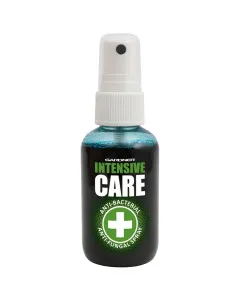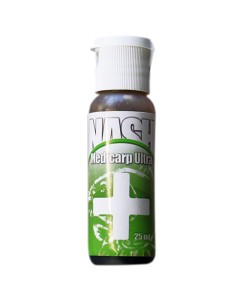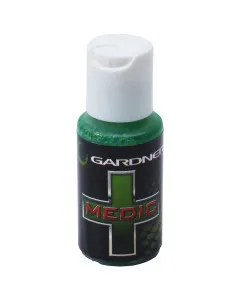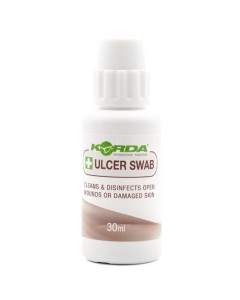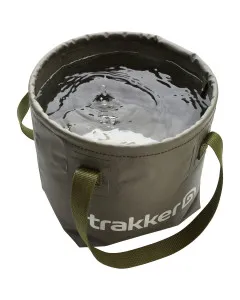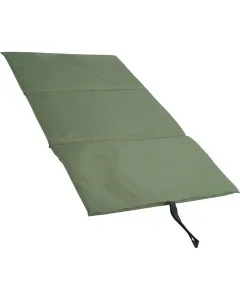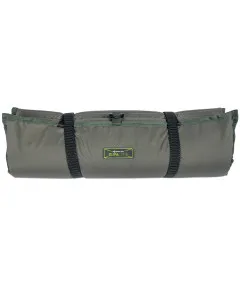Minimising Fish Stress: Best Practices in Catch and Release
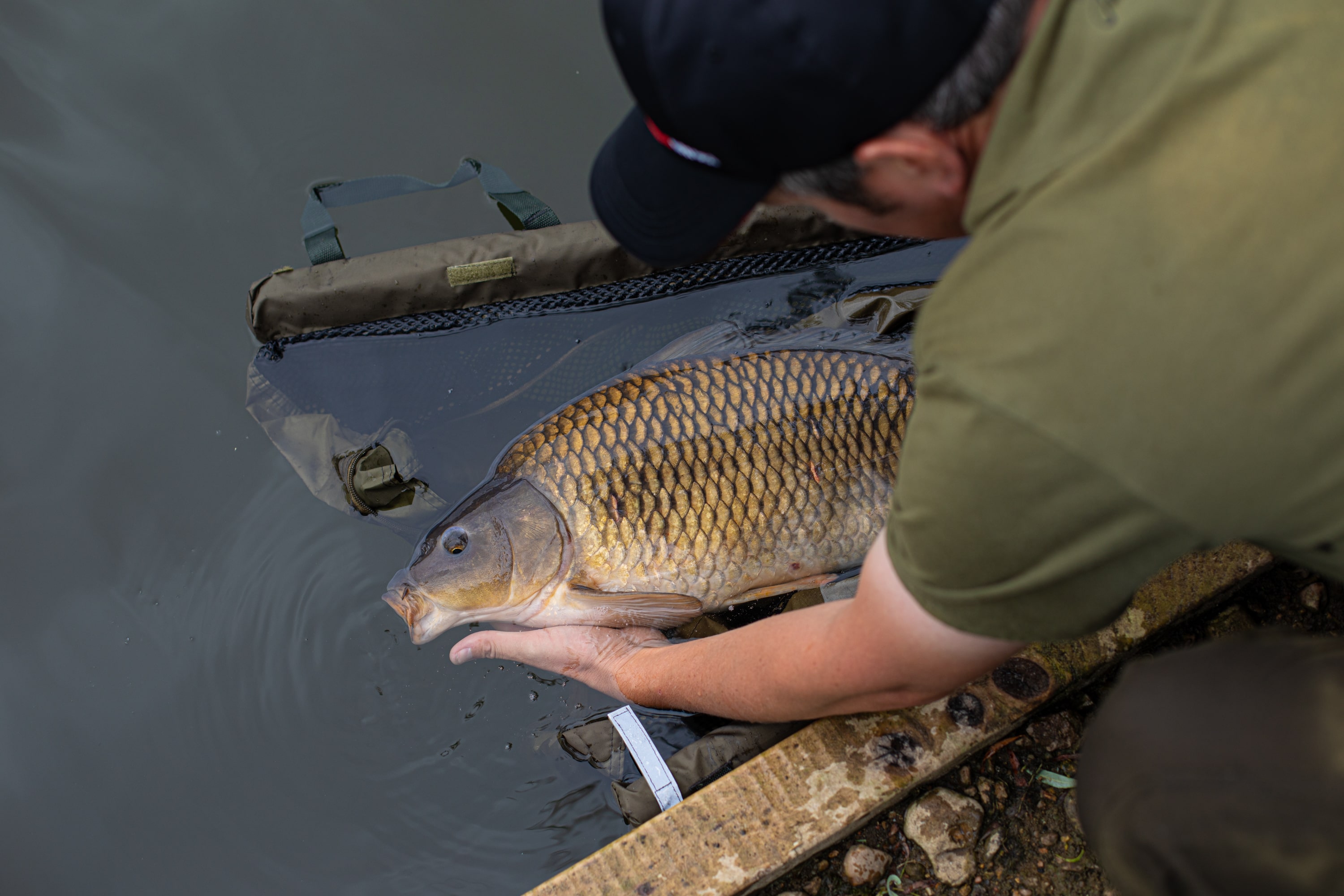
As seasoned anglers, we understand the intrinsic value of conservation. The essence of angling is not solely rooted in the thrill of the catch but also in the ethical principles that underpin our pastime.
These include the practice of catch and release, ensuring that our waters remain abundantly filled and that the sport continues to thrive. In this article, we’ll delve into the nuances of minimising stress in fish during catch and release, from the moment of hooking to the act of freeing.
What is Catch and Release Fishing?
Catch and release fishing is a practice where anglers catch fish for sport or recreational purposes and then release them back into the water, rather than keeping them for consumption.
The primary goal of catch and release is to promote the conservation of fish populations and maintain healthy ecosystems. When practising catch and release, anglers take steps to minimise stress on the fish, such as handling them with wet hands or using tools like landing nets, using barbless hooks to facilitate easy removal, and minimising fight times to prevent exhaustion.
By releasing the fish unharmed, they have the opportunity to survive and continue to contribute to the overall health and sustainability of the aquatic environment.
What causes stress in fish?
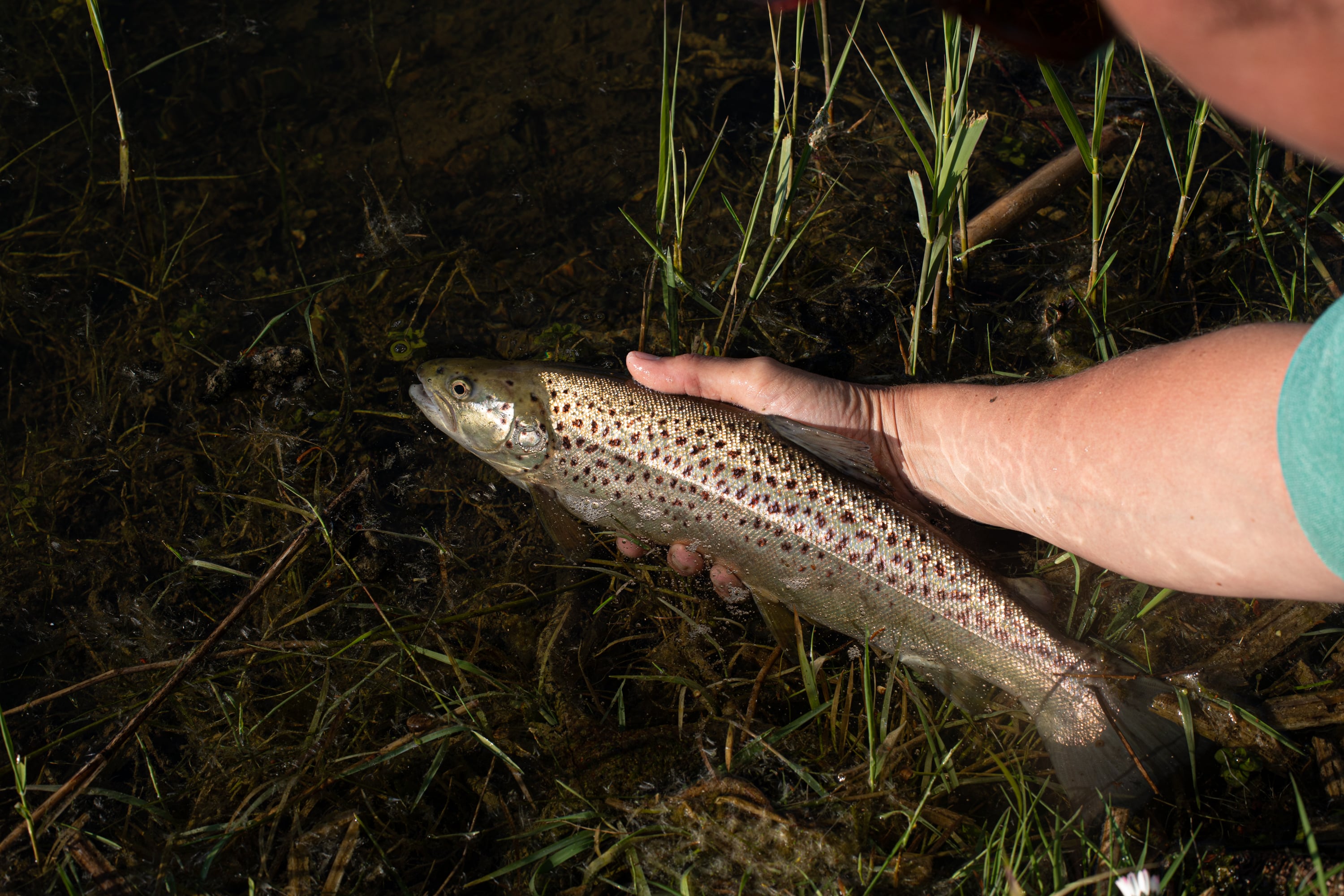

Stress in fish is a physiological response to adverse conditions. It can occur due to handling, capture, and an extended fight time. Other things to consider when fishing is a high water temperature and poor quality, as these also play a part in fish stress.
Prolonged stress in fish can result in reduced growth rates, impaired reproduction, and increased susceptibility to disease. It’s essential that we, as responsible anglers, reduce these effects.
The Relevance of Fish Conservation
Fish conservation is paramount to sustainable fishing. By practising responsible fishing methods, we contribute significantly to preserving aquatic biodiversity. It's our collective responsibility to ensure future generations can also enjoy the thrill of the catch.
Best Practices in Catching Fish
Minimising stress on fish during fishing involves practising catch and release techniques, which include handling fish with wet hands or specialised tools, using barbless hooks, and minimising fight times.
Fishing Responsibly When Fishing
Whether it's freshwater, sea fishing or catch and release fly fishing, be sure to respect fishing regulations, size limits, and bag limits to preserve fish populations and ecosystems. Responsible angling, including releasing undersized or unwanted fish, minimising environmental impact, and promoting sustainable practices, demonstrates a sense of conservation.
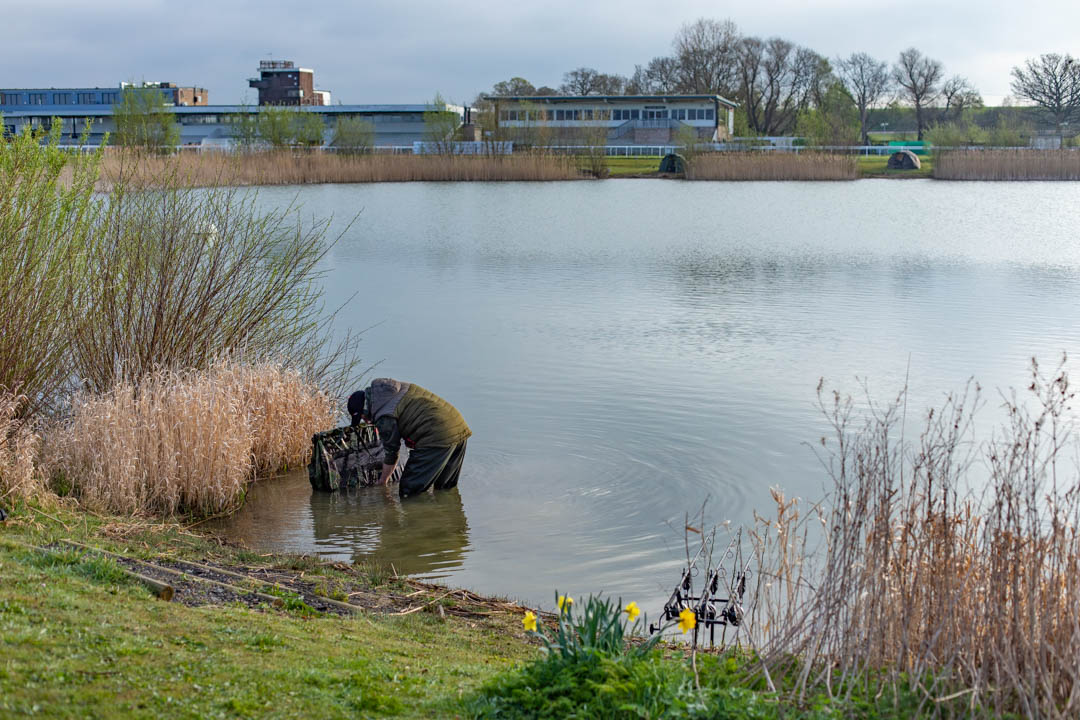

Stay Close to Your Swim
When you have active rods in your swim, never wander far from your peg. Even popping to the nearby portaloo can increase the chances of a fish taking your bait and running into nearby snags. The sooner they react to a bite indication, the less chance of a deep hook set.
Select the right fishing tackle
Tackle care starts right from the moment you cast your line. Making sure you have matched your gear to the targeted species can prevent unnecessary fight times. The use of non-abrasive line materials and fishing techniques that consider the targeted species' behaviour can help minimise stress during capture.
Using Fish-Friendly Nets
Fish-friendly nets have a soft, knotless mesh that's less damaging to fish. They're a bit like a comfortable sofa for your fish, cushioning them until they're released.
Water Temperature and Conditions
It is important to avoid fishing during conditions that may cause stress to the fish, such as extreme low flows and high water temperatures.
Instead, take the opportunity to sit on the bank, appreciate the fish and your surroundings, and contribute to the preservation of fish populations and sustainable fishing for the future.
Best Practices for Hooking the Fish
Proper hooking techniques significantly reduce the stress on fish. Circle hooks are more likely to hook the fish in the mouth, rather than the gut or gill which can lead to fatal injuries.
Make sure it's sharp no matter what hook you use on your fishing rig! It can be a good idea to pack the hook sharping kit with you to the bank. A blunt hook is more likely to cause serious injury and stress to a fish.
What is the safest fishing hook?
When it comes to fishing hooks, the type and location matter a ton. If you can see the hook, you can usually remove it safely. Many beginner anglers and match anglers opt for barbless hooks for easy removal from the fish, however, for specimen carp anglers, consider micro-barbed as these slip less under pressure.
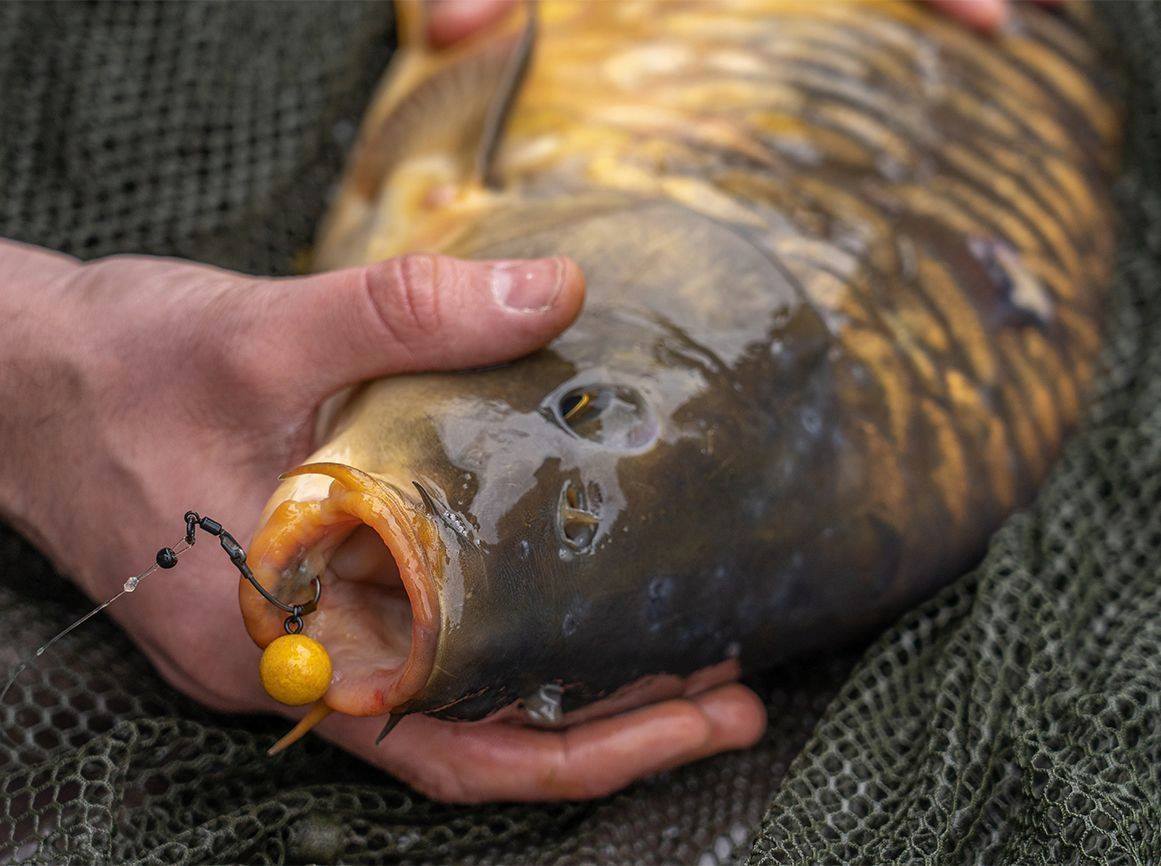

How Do I Handle a Fish?
The way we handle fish post-capture is a key determinant of their survival post-release.
Wet Your Hands Before Handling Fish: Did you know that dry hands can damage a fish's protective mucus layer? This layer keeps them safe from diseases and parasites. So, the next time you're about to handle a fish, remember to wet your hands or fishing gloves first. It's a small step with a big impact.
Limit Fish Exposure to Air: Fish, like us, need oxygen to survive. But they get it from water, not air. Thus, avoid keeping fish out of water for extended periods.
Avoiding contact with gills and eyes: It is important to avoid contact with the gills and eyes of a fish when handling them on a fishing trip to prevent injury to the delicate respiratory system and sensitive organs of the fish.
Treating Injuries on a Fish
Utilising fish care treatments can be instrumental in aiding and treating injuries sustained by fish during fishing, promoting their recovery and ensuring their well-being.
What does propolis spray do?
Specifically designed to seal wounds and promote relaxation and healing in fish after intense battles, propolis transforms into an insoluble waxy seal upon contact with water. This protective barrier helps safeguard and heal open wounds or ulcers, enhancing the fish's recovery process.
How Do I Unhook a Fish?
A crucial part of fish care lies in our ability to remove fish hooks safely and securely, causing minimal harm to our aquatic counterparts. If you need to control the fish while unhooking, try to do so in a net in the water. Minimise air exposure to under 60 seconds; fish, unlike us, can't breathe air.
Use an unhooking mat and make sure you set it up before anything else when fishing. Secure it in place when fishing in windy conditions and wet it with a bit of freshwater from the lake or river you are fishing to protect the fish.
Fish de-hookers or disgorgers allow for a swift and minimal contact release. They're like the fishing equivalent of a surgeon's scalpel - precise and clean. They can significantly decrease the time a fish spends out of the water and reduce the likelihood of physical harm.
5 Tips for Removing Fish Hooks
1. Employ the Right Tools for Hook Removal: Utilizing a fish hook remover not only simplifies the process but also reduces the risk of injury to both the angler and the fish.
2. Understand the Anatomy of Your Catch: Be aware of the fish's gills and vital organs. Handle the fish with care to prevent internal damage.
3. Master the 'Back-Out' Method: This method involves pushing the hook backwards gently until it exits along the path it entered. This requires patience and steady hands, but the payoff is worth it.
4. Utilise Circle Hooks for Easier Removal: Circle Hooks are designed to hook the fish in the corner of the mouth, making removal easier and causing less harm to the fish.
5. Sharpen your fishing hook: Get into the habit of checking the hooks you use after every un-hooking. If you feel it's rough or blunt, it's time to get the sharpening kit out.
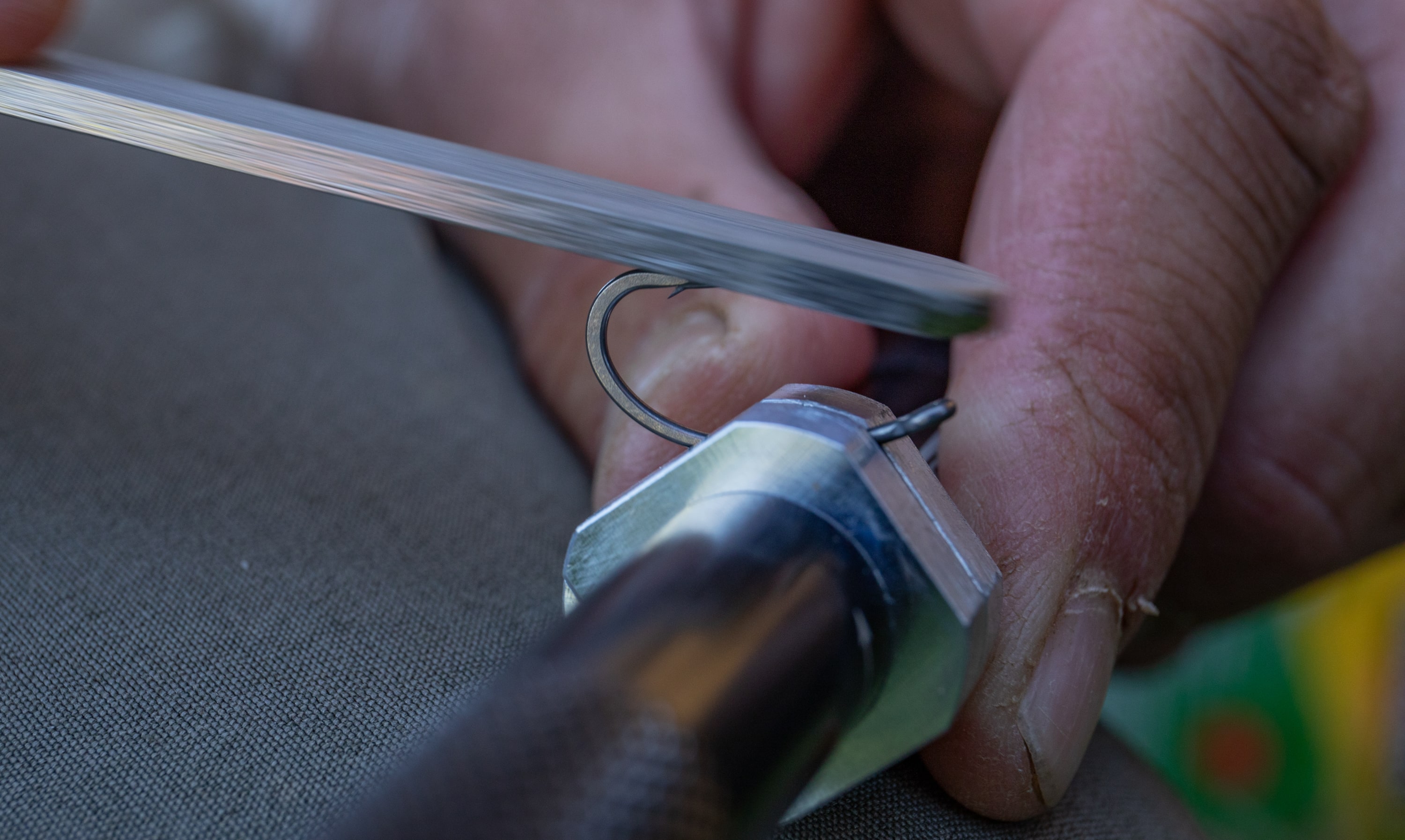

Safe Release Techniques
Just as there's a technique to hooking and handling, there's an art to releasing fish. A prolonged fight can result in increased lactic acid build-up in the fish, which can be detrimental to their survival post-release. Thus, we endorse a quick, yet careful release to minimise this effect.
- Use a hook remover tool to unhook the fish while causing minimal stress efficiently.
- Gently move them back and forth in the water to facilitate oxygen flow through the gills.
- Before releasing the fish back into the water, ensure it's adequately revived.
- Hold the fish gently underwater, allowing water to flow over its gills. When it starts to wriggle, it's ready for release.
- If possible, release fish in calm and shaded water areas to give them a safe space to recuperate.
- If a fish seems particularly exhausted, take extra time to ensure it is sufficiently revived before release.
How do you treat stressed fish?
Get your fish in as swiftly and calmly as you can, and you'll increase their chances of survival. Think to yourself if you need a picture of every fish or to weigh each one. Save the photos for a PB fish!
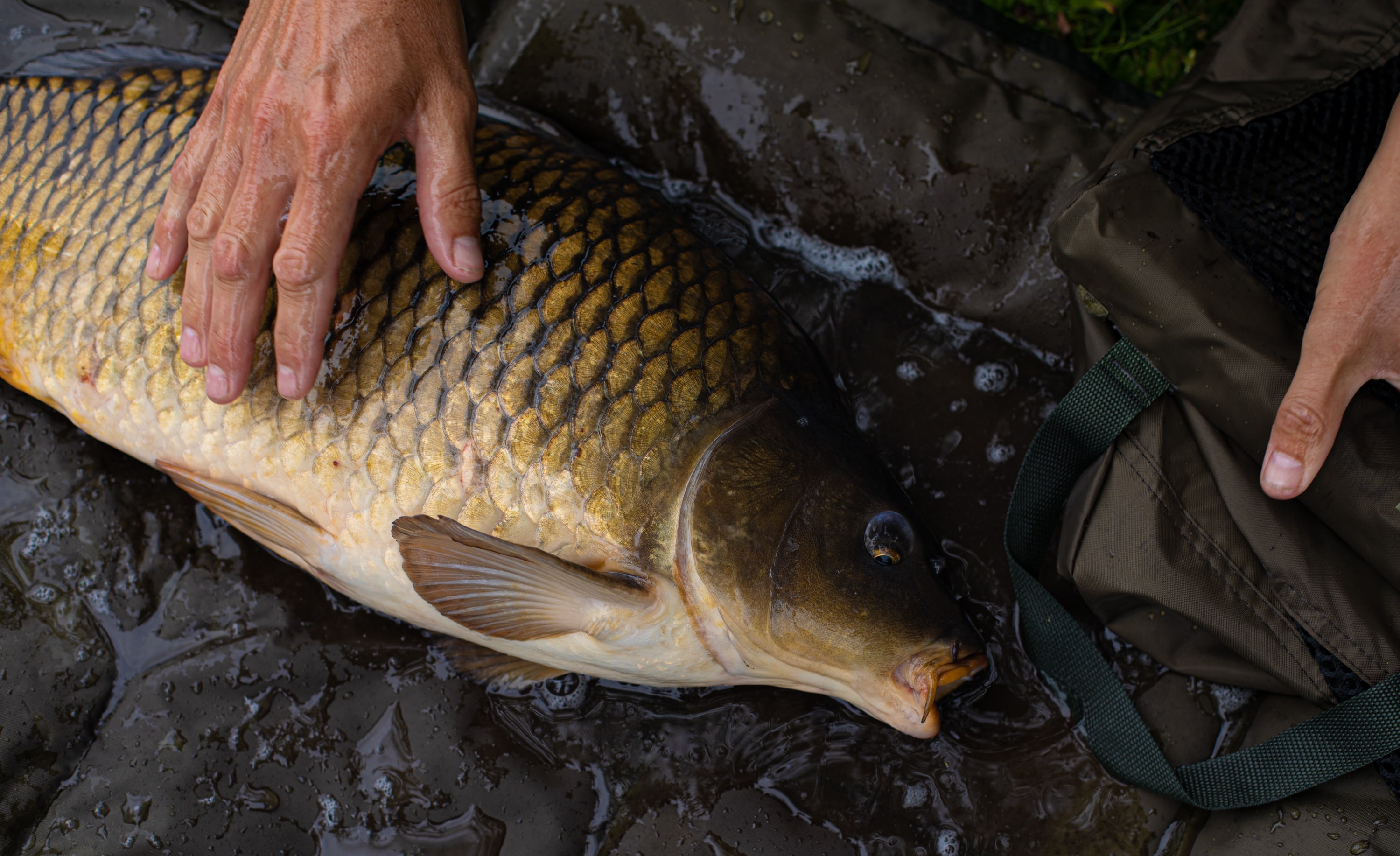

Importance of Education and Awareness
Knowledge is power. The more anglers know about fish stress and how to minimise it, the better chance we have at maintaining healthy fish populations. So don't be shy about sharing this information - it could make a world of difference.
It's not just about doing the right thing; it's about showing others how it's done. By adopting these best practices, you'll be setting a positive example for other anglers. And who knows, you might just start a ripple effect of responsible fishing.
Frequently Asked Questions
What is the most important step in catch and release fishing?
All steps are crucial in their own right, but if we had to pick one, proper fish handling would take the cake. It's where most mistakes occur, and can have the biggest impact on fish survival rates.
Are barbless hooks better for the fish?
Absolutely. Barbless hooks cause less injury and make the release quicker and less stressful for the fish.
What type of nets are best for catch and release fishing?
Fish-friendly nets with soft, knotless mesh are the best option. They cause less damage to the fish and make the release process easier.
How long can a fish survive out of water?
It varies by species, but in general, a fish's chances of survival decrease significantly after 4-5 minutes out of water. Keep it to under 1 minute if you can.
Do fish survive catch and release?
Most fish can recover if the stress is minimised and best practices are followed during catch and release.
What are the benefits of releasing fish?
Releasing fish is a sustainable way to protect fish species. Returning a healthy fish means another angler can enjoy catching this fish. We can also gather data about these returned fish and their fish behaviours, including spawning.
Catch and release, when done right, ensures the preservation and sustainability of our fish species. Adopting and spreading the best practices to minimise fish stress during this process can truly make a difference.
We, as anglers, have a responsibility to protect these creatures and their habitats, to enjoy the sport today and for generations to come.
